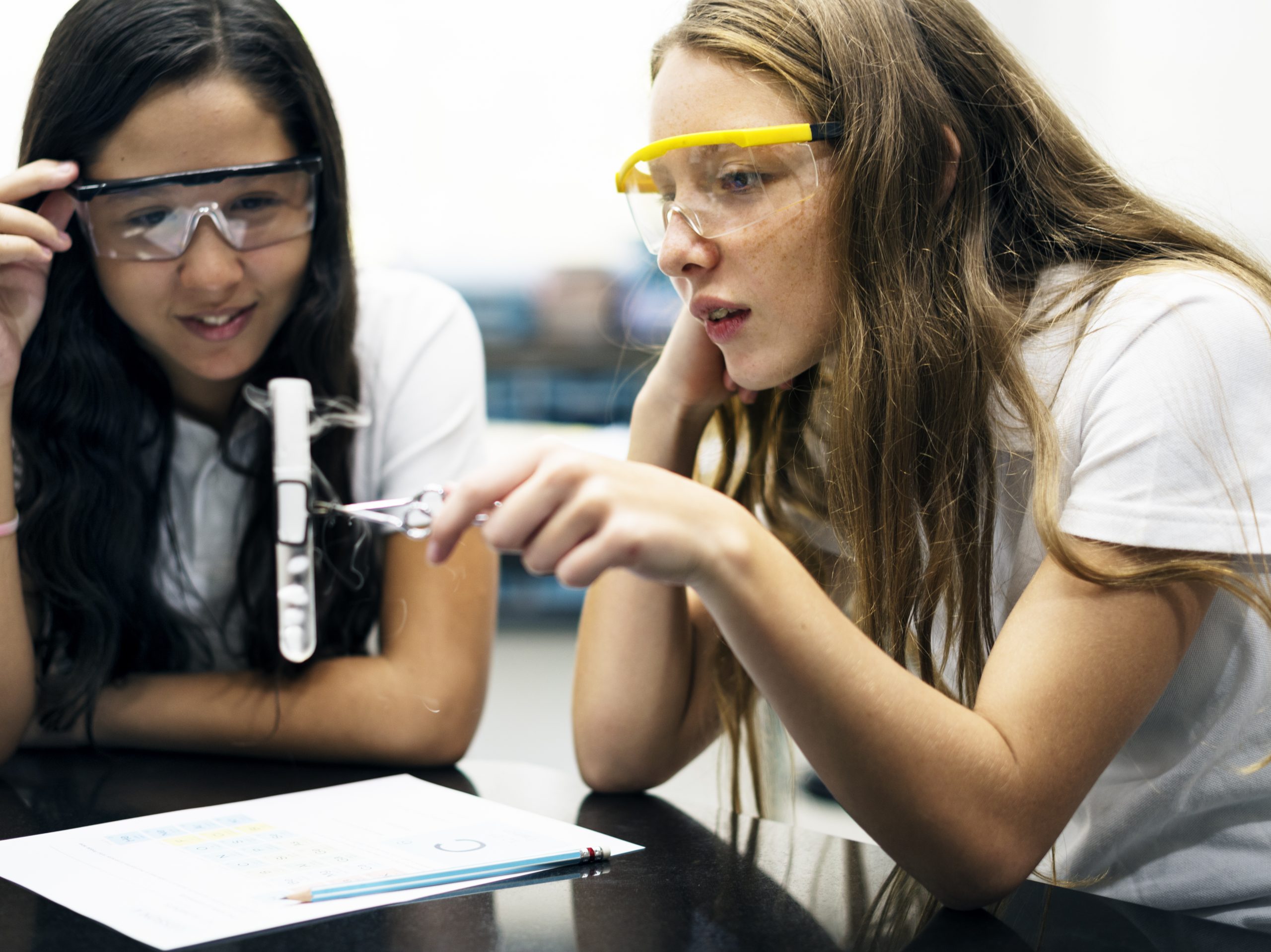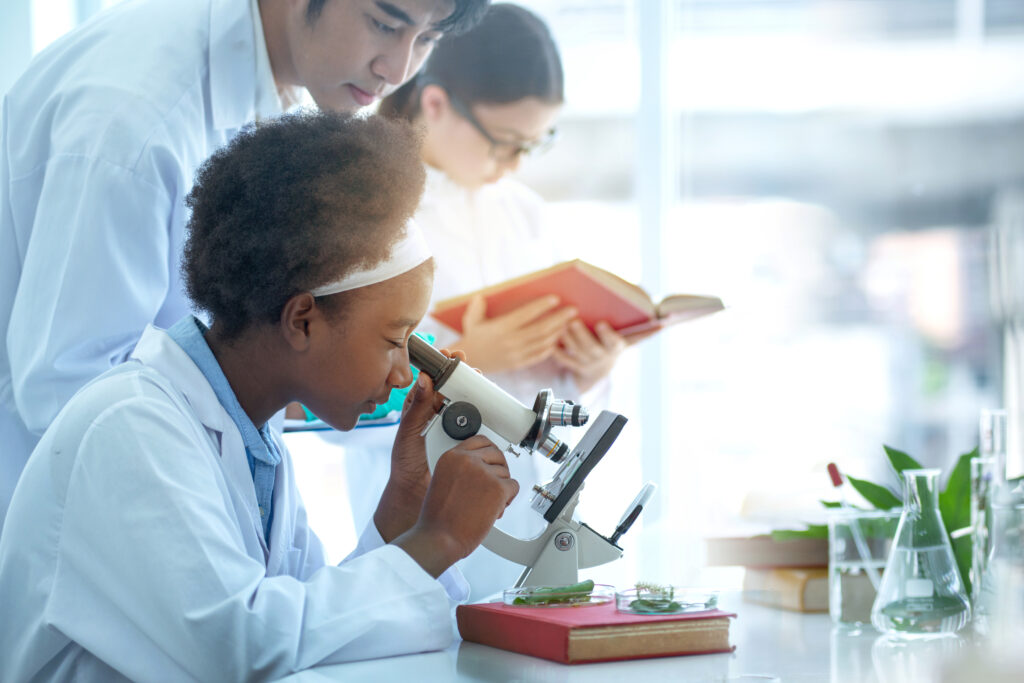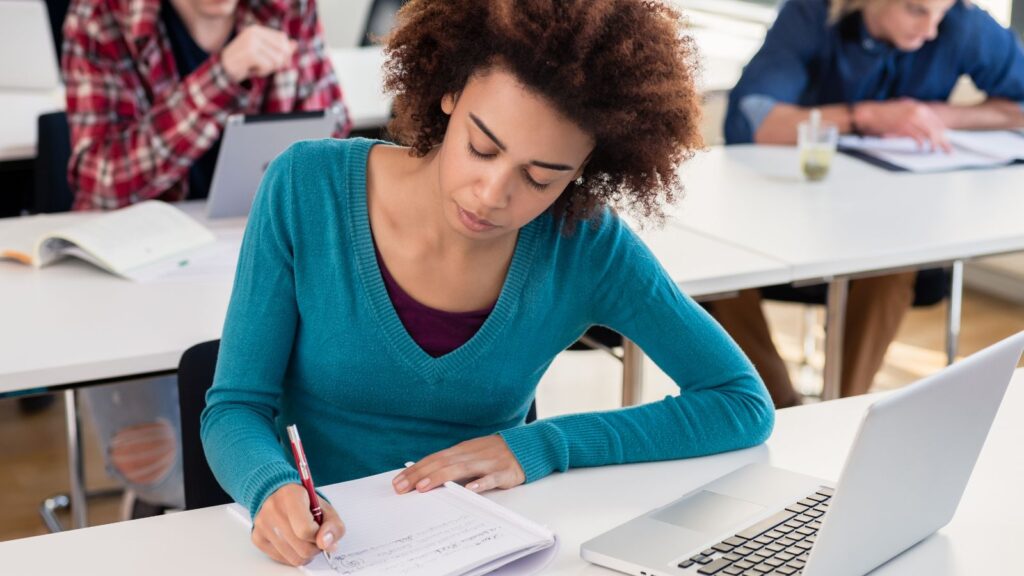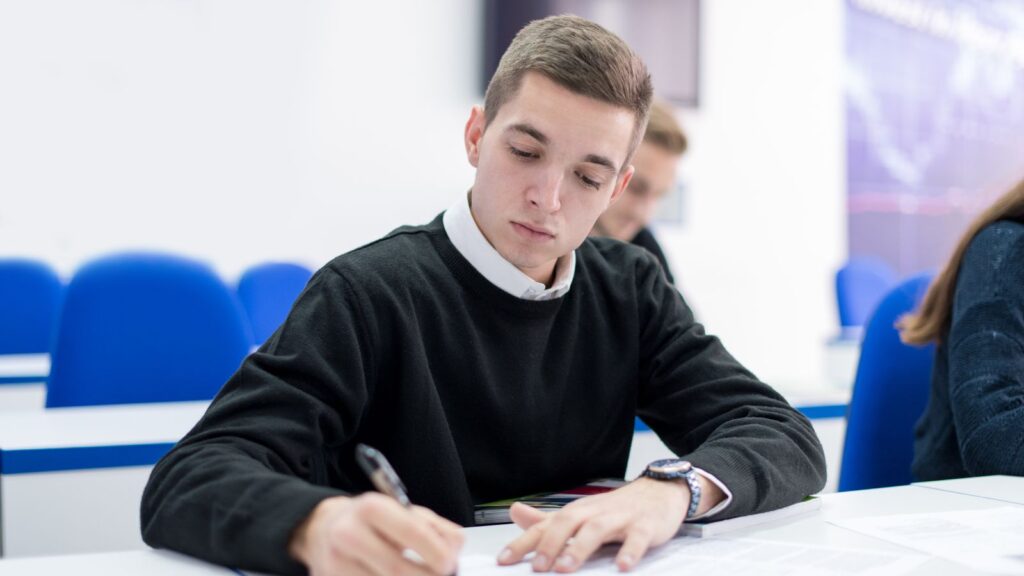It’s always a risk when committing thoughts to paper (or cloud) on education policy and practice; what might seem adventurous or at least perceptive at the time of writing can look predictable or even downright out of date by the time it’s circulated. Moving from hard print to digital communication might have addressed that prior to lockdown but the rate at which official guidance is changes means that it’s a brave person who suggests what science departments might to get things going this year.
Government policy is that schools should reopen in full this September, so let’s take that as a starting point. We also know that local lockdowns are a distinct possibility and may well affect schools in a locality. We also know that the DfE, following recent consultations, is not minded to significantly alter GCSE and A-level qualifications for next year. What I want to do is to explore some ideas around what teachers and subject leaders in science might usefully do.
Lockdown v1.0 arrived with little warning and resulted in most schools closing to most students on March 20th. It was difficult to put any degree of planning into place and even though there is a widespread view that, overall, it should have been implemented even sooner, the fact remains that even the best organised schools were having to react very quickly and to spend time and effort after that working out how best to respond. It may be of course that at least some schools do get a clear run next year and an opportunity to try and get students back on course.
However, this may not materialise; lockdown v2.0 may happen, and with even less notice. Schools are likely to have more of an idea about how to respond organisationally, but resourceful Heads of Science are also likely to have thought through how to continue providing a high-quality offer. What did the experience of last term teach about what worked? What’s the best way of organising the science team and do the members know what’s expected of them if they find themselves looking at students through a Zoom screen again?
Obviously, there’s likely to be a real focus upon Years 11 and 13. It’s a good idea to be quite open with colleagues, students and parents about the approach that will be taken to completing the course; this is likely to be both convincing and effective if it’s not entirely based on the assumption that there will be no further disruptions. What’s the running order of topics, what are the resources to catch up on missed sessions and how will assessment be used to set the agenda for the year and decide on priorities? Furthermore, is there a plan in place that can be delivered even if students are not in school for all sessions?
The question of practical work
One of the changes that has been put in place for the GCSE sciences in 2021 is to allow the use of demonstrations and simulations in relation to practical work; it is worthwhile giving thought as to how this will be used. There’s no indication that the nature of the exam questions relating to practical work will be altered in any way so it’s a case of ‘different means but same end’.
A project I’ve had some involvement with over the last couple of years is the ASE’s ‘Good Practical Science: Making it happen’ programme. We caught up recently with some of the Heads of Science who had piloted the materials for the programme previously and asked them about strategies they had used during lockdown. No-one suggested they’d ‘found the silver bullet’ in terms of the online equivalent of practical work but several had explored making short videos. What was interesting and a common finding was that videos featuring the class teacher got an immediate and sustained ‘buy-in’ by the students. It is likely that some students end up pretty isolated in lockdown and this seemed to work.
Ideas to re-engage your KS3 students
It’s also worth thinking about KS3 students, who may also be on a restricted curriculum diet; some schools are managing the situation by reducing movement around the school and basing groups in one room. This obviously drops out a number of teaching and learning approaches traditionally associated with science and there’s scope for some creative thinking about substitutes. Little can compare with discovering for the first time that hydrogen burns with a squeaky pop but inventive teachers may be able to inject something that avoids being didactic. A few ideas to try with your KS3 students:
- Set up a two by two grid on the screen populated with appropriate graphics and challenge students to identify in which way are each of these objects the odd one out. For example:
- Sodium, calcium, tin, iodine
- Bulb, battery, wire, buzzer
- Nerve cell, skin cell, muscle cell, blood cell
- Five-minute problem solver – devise something which would, for example:
- Separate plastic from metal in a materials recycler
- Enable a space probe to descend through the atmosphere of Mars
- Display useful ‘at a glance’ nutritional information on food packaging
- Hot seat revision – set as homework the devising of questions on a previous topic and have one of the students in the hot seat the next lesson answering the questions live
It’s been widely (and rightly) reported that lockdown has been divisive for students. Those who have support at home in various forms have generally coped better than those who don’t. It is very likely that some students will have fallen behind and it will be important to identify those and intervene. The careful use of assessment will be important and the provision of catch up will be crucial. Neither students or schools can afford a widening gap.
The final point is that networking is both tricky and important. Schools vary but what is also different is the creativity and resourcefulness applied by individual teachers and also the science teams in different schools. It’s well worth keeping in touch with colleagues and sharing ideas.
By Ed Walsh



